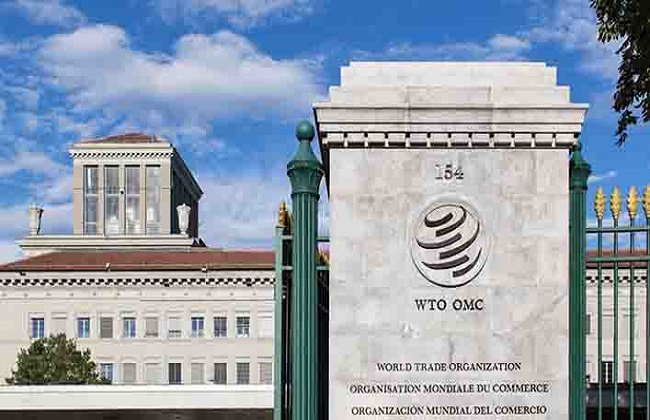
The World Trade Organisation (WTO) has revised its growth projection for global merchandise trade in 2024 marginally upwards to 2.7 percent, from the previous estimate of 2.6 percent.
The multilateral trade body in its latest bi-annual trade outlook, ‘Global Trade Outlook and Statistics’, also revised its projection of world merchandise trade growth to 3 percent in 2025 from its earlier estimate of 3.3 percent.
At a press conference on Thursday, WTO Chief Economist Ralph Ossa said, “Since the last report, inflation has cooled in advanced economies and central banks have started to lower interest rates. These developments were expected to lift consumption and investment spending and increase demand for imports. At the time we expected Asian economies to lead the recovery of trade, while North America, Europe, and other regions were expected to make smaller, but also positive contributions.”
“The WTO now expects a 2.7 percent increase in the volume of world merchandise trade in 2024, up slightly from the previous estimate of 2.6 percent. The forecast for 2025 has been lowered to 3.0 percent from 3.3 percent previously. Trade expansion is expected to be accompanied by real world GDP growth of 2.7% at market exchange rates, both this year and next year,” he added.
Although the headline figures for world trade and output have remained relatively stable, he said, there have been some notable shifts in the regional composition of trade growth.
Downside risks to the forecast have also increased, including a widening conflict in the Middle East that has the potential to further disrupt trade flows, he added.
He mentioned that the two most important differences between the current forecast and the previous one are, first, weaker than expected trade growth in European economies, on the import and export side, and second, stronger-than-anticipated exports in Asian economies.
The Asia region is expected to contribute more than any other to export growth in 2024, adding 2.8 percentage points to the 3.3 percent projected growth rate for exports, he added.
He said Asia is also expected to contribute 1.4 percentage points to the 2.0 percent growth in imports this year.
“North America will contribute more than expected to imports, partly countering the drag exerted by Europe. Regional contributions should stabilize in 2025 in line with medium-term trends,” he said.
Ralph Ossa informed that stronger than expected Asian export growth has been sustained by increased shipments of electronics, automotive products, and other manufactured goods from China, but other economies in the region are also reporting strong export growth, including India, Viet Nam and Singapore.
On the negative side, Europe’s export decline has been led by automotive products, and chemicals, production of which are both concentrated in Germany, he added.
Senior Economist Coleman Nee said the strength of Asian exports was driven by China, where the volume of trade was up around 13 percent.
“This was led by exports of electronics, both components and finished products, which appear to have made the biggest contribution to year-on-year growth in Chinese exports in value terms. This includes items such as integrated circuits (up 22 percent), flat panel displays (up 20 percent), and computer parts and accessories (up 18 percent). Exports of other electrical machinery also rose sharply, including air conditioning units (up 17 percent) and refrigerators (up 18 percent),” he added.
